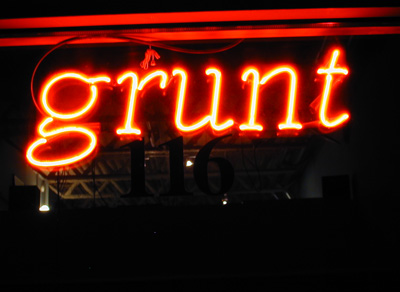grunt gallery Media Lab
The Making Culture Lab is excited to work in research partnership with the grunt gallery Media Lab in Vancouver, B.C. The grunt gallery was founded in 1984 as an artist-run centre exhibiting the diverse work of local, national, and international artists. grunt gallery has been a leader in the exhibition of First Nations contemporary art and performance, and a model of collaborative community engagement. They have amassed a significant archive of the work of partnering artists, and their emerging Media Lab is now in the process of developing an innovative digital archive and research space that will activate these works in new forms. We will be creating opportunities for SIAT students associated with the Making Culture Lab to work as grunt gallery Media Lab residents, curators, and research assistants. Please contact Kate Hennessy for more information about working with the Making Culture Lab and the grunt gallery Media Lab.
“Over the past 26 years, grunt gallery has been at the forefront of important developments in contemporary Vancouver and Canadian cultural production – most notably First Nations contemporary production and performance art, as well as community engaged and collaborative arts. grunt’s programming has always embodied diversity, attracting a myriad of voices that don’t fit easily into other contexts. This tradition has always grown out of the gallery’s kitchen space, representing the heart of the organization and a point of intersection for many of Vancouver’s artist communities. It has become a place where many points of view collide and the city’s cultural diversity is apparent.
Building on this tradition, grunt gallery’s new Media Lab will be a space molded by the long tradition of a diverse and cross-disciplinary art for which grunt has become known. The Media Lab will be a media arts extension of the discussions and ideas that have grown from grunt’s physical kitchen over the past two decades. The Media Lab will be a testament to this important history; it is an idea whose time is come. It will allow us to open our extensive archives to the public, develop online audiences and increase capacity for educational programming as well as offering artists new opportunities to work in digital media”.

